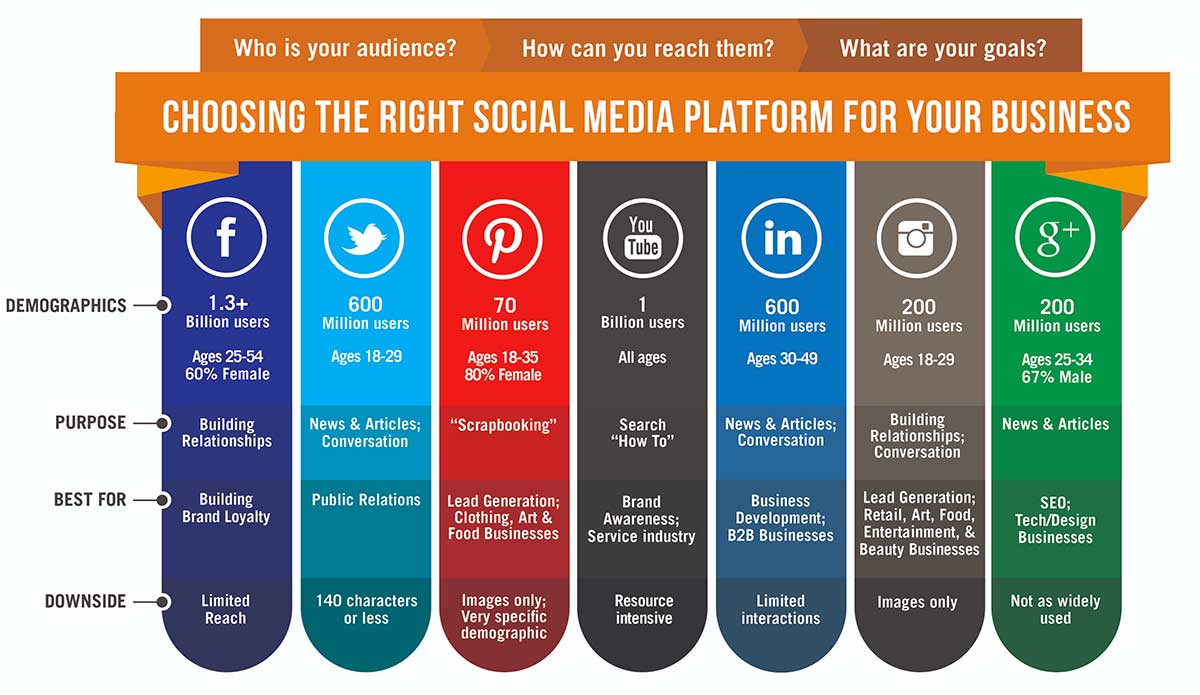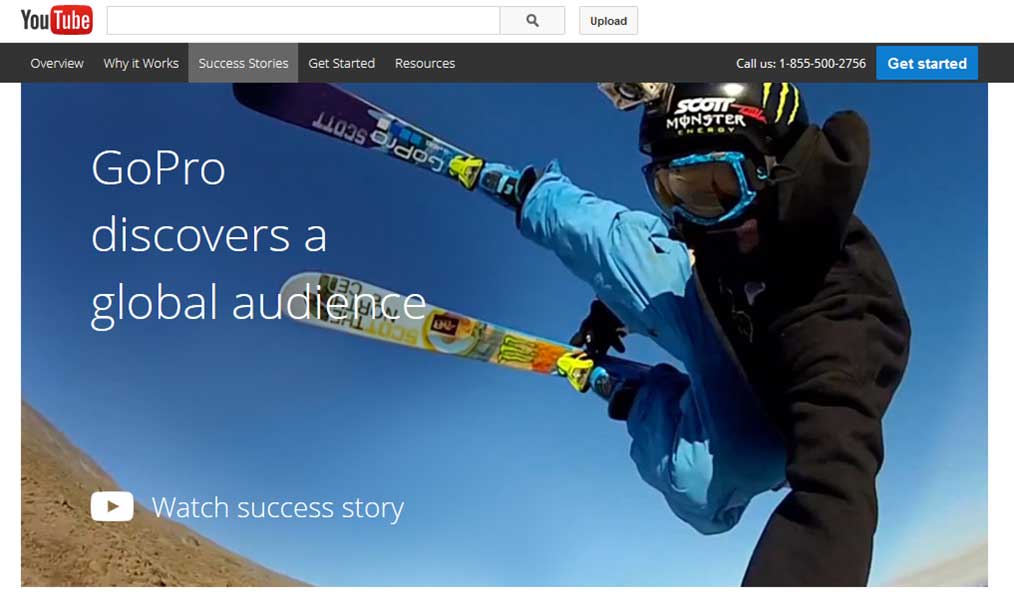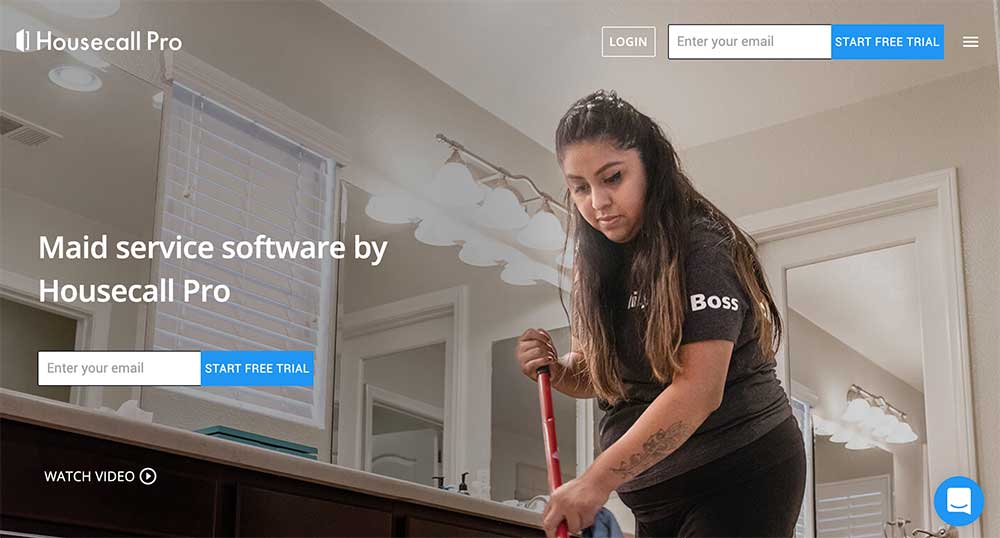- Learning Center
- Small Business Blog
- Business Marketing
- 7 Mistakes You’re Making With Your Social Media Marketing
In 2021, more than 3 billion people will be using social media.
That's more than a third of the world population today. There's no surprise that businesses are using social media to connect with their customers. But what if we told you that many businesses are going about social the wrong way?
The online social world may have a lot of users. But if you're not using social channels effectively, then you're failing to take full advantage of its benefits. Here are seven common mistakes small businesses tend to make when approaching social media.
1. You Chose the Wrong Platforms
Each social media platform serves a different purpose.
Facebook builds brand awareness, reputation, and loyalty.
Instagram leverages visual content to evoke feelings and emotions.
Twitter is great for quick updates and breaking news.
LinkedIn connects you with other professionals.
To leverage social media channels to your advantage, understand the purpose of each social media platform, which ones your target audience uses, and why they use it.

2. You’re Selling Rather Than Engaging
While performance marketing (leveraging social media to generate immediate sales) may work, relying on this one method is not the most sustainable path to growth.
Building your brand on social media can be a very effective strategy. Be authentic, provide personalized content, and sell the brand instead of selling your products.
For example:
GoPro does a fantastic job of engaging with their target audience. Instead of selling their product, they showcase amazing experiences you can capture with their equipment.

3. You Aren’t Striking the Right Tone
You have limited characters so you might as well use your words wisely.
But how do you adopt the right tone?
- Think of your brand's personality (as if it was a public figure or celebrity).
- Write down adjectives that describe your tone and voice.
- Pick four of your favorite words in the list.
Now, write with these words in mind from your reader's perspective and be consistent across your channels.
4. You Don’t Have a Clear Strategy
Trying to build a following without a defined strategy is a waste of time.
While your social media objectives should align with your business goals, it's essential to know how social media contributes to your marketing strategy, and how organic and paid posts can help you boost traffic, leads, and sales.
You can begin by setting SMART goals (specific, measurable, attainable, relevant, and time-bound) and track meaningful metrics.
For example:
Housecall Pro helps service professionals (cleaners, plumbers, technicians, etc.) streamline their business. To increase user sign-ups, Housecall Pro designed a social media strategy that targeted a professional segment (e.g. maid services) and drove Facebook traffic to these landing pages.

5. You Don’t Measure Your Campaigns
While intuition can point you in the right direction, measuring the data and ROI on your campaign can help you make better well-informed decisions.
If you want to see data in action, read Codeless' blog post on promoted content. They ran a few experiments to show you five lessons they learned from spending $4,008.13 in 4 weeks.
| Audience | CPC | Campaign Cost | Difference |
|---|---|---|---|
| 10,000 | $1.00 | $15,000 | |
| 10,000 | $0.30 | $3,000 | -8000% |
| 10,000 | $0.01 | $100 | -9933.33% |
By testing each variable (like headline, image creative, and more), they were able to continually bring the costs down to as little as a penny per click. Yes, you read that right: a penny per click.
6. You Use the Same Content For Every Platform
Don't use the same content for each platform. Recycle the content by sharing the same content in different formats.
For Example:
- Turn your website's blog post into an infographic and publish it on Pinterest.
- Recreate the blog into a video and post a quick snippet on Facebook.
- Post the extended video to your professional network on LinkedIn
If you want to learn more, you read this beginner's guide to recycling social media content.
You should also use online tools that can help you speed up the recycling process. Visual tools are a big must, so check out these photo editing software comparisons and pick one ASAP that will let you chop, change, and modify images for each platform you post.
7. You Don’t Have A Crisis Plan
A social media crisis can happen to anyone. At any company. At any time. That's why you need to have a crisis plan in place. Here are three steps on how you can start.
- Form a social media policy: Create a guideline that all company employees must abide by. These include copyright, privacy, confidentiality, and brand voice guides.
- Secure your accounts: Use a centralized system to control permissions.
- Define social media crisis: Define what is considered a crisis (from negative online comments to full blown-out media scandals).
For a more detailed guide, visit Hootsuite's social media crisis management guide here.
If you’re keen to improve your social media marketing efforts, make sure you’re not making these seven mistakes and start with a simple strategy today.





